Pasteurization Debate: Assessing Nutrient Loss in Processed Foods
Feb 23, 2024 By Madison Evans
Pasteurization protects public health by stopping food degradation and infection. Milk, cheese, and fruit juices are heated to positive temperatures to kill viruses and maintain taste and shelf life. While pasteurization reduces disease transmission, others argue ultra pasteurized milk loses its nutritional value. According to critics, pasteurized heating may destroy important nutrients, enzymes, and helpful microbes, lowering nutritional quality. Despite these concerns, pasteurization is a worldwide cornerstone of food safety standards, preventing innumerable foodborne illnesses.
Commonly Pasteurized Food
You may pasteurize solids and liquids regardless of whether they are packed. Products that are often pasteurized are:
- Fruit juices
- Vinegar
- Water
- Canned goods
- Dairy products
- Eggs
- Milk
- Nuts
- Syrup
History of Pasteurization
Pasteurization honors French scientist Louis Pasteur. Pasteur invented heating liquid to 50–60 °C (122–140 °F) before aging to kill microorganisms and lower acidity in 1864. However, China has used the method since 1117 AD. Italian scientist Lazzaro Spallanzani showed in 1768 that cooking beef broth and sealing it prevented spoilage. French chef Nicolas Appert canned meals in glass jars with boiling water in 1795. Peter Durand used similar methods to preserve food in tin cans in 1810. Franz von Soxhlet recommended pasteurizing milk in 1886 after Pasteur did it.
Why is it termed "pasteurization," since it was used before Pasteur? Pasteur's research showed that air particles induced food rotting, which is the most plausible reason. Pasteur's study led to the Germ Theory of Disease, which blamed microbes for deterioration and disease.
Process of Pasteurization
Food safety requires pasteurization to remove spoilage-causing bacteria and enzymes. Food products are heated at certain temperatures and durations depending on their nature. Pasteurization minimizes foodborne diseases and extends product shelf life by carefully managing these factors.
Food types undergo different pasteurization processes. Pipeline pasteurization is common for milk and fruit juices. Heat is provided directly or via steam/hot water to a pipeline portion. Heating eliminates most microorganisms and inactivates spoilage enzymes, making it vital. To prevent recontamination and bacterial development, the liquid is immediately chilled. Each phase's temperature and time are carefully regulated to maximize safety and product quality.
Different food items require different pasteurization procedures. For juice boxes, flash pasteurization is used. The liquid is heated briefly to high temperatures and then cooled quickly.
Another typical method is steam pasteurization, especially with meat. Experts say 50% of US beef is steam pasteurize. This procedure steams meat at specific temperatures and times to kill pathogens while keeping texture and taste.
Poultry, red meat, fruits, vegetables, and spices are pasteurized by irradiation. This approach uses ionizing radiation to destroy pathogen DNA, preventing damage. Regulators consider irradiation pasteurization safe for food safety and shelf life, notwithstanding its controversy.
After pasteurization, many foods need refrigeration to be safe and fresh. The product must be cooled to prevent remaining bacteria from multiplying and polluting. Manufacturers can achieve high safety standards by controlling pasteurization and cooling temperatures.
Effects of Pasteurization On Food

Pasteurization has been the subject of debate, especially over its effects on nutritional value, despite its generally acknowledged function in improving food safety. The raw milk vs pasteurized milk debate is common. The question of whether pasteurization eliminates beneficial nutrients in addition to dangerous germs is one of the main points brought up by detractors.
According to some, pasteurization kills out all dangerous germs but also all the good bacteria in the food. The major goal of pasteurization is to protect against hazardous germs. However, some good bacteria may be killed off during the procedure. Pasteurization accomplishes a significant decrease in the danger of foodborne diseases. However, the potential loss of certain helpful microbes must be considered.
Types of Pasteurization
Each food sector's pasteurization technology has pros and cons. One approach is vat pasteurization, sometimes called low-temperature or batch pasteurization. In vat pasteurization, food is heated to 62°C to 64°C for 30 minutes. Larger companies and small facilities employ this technology to handle low-volume goods like milk, cream, and yogurt. Pasteurize works for some items but takes a long time and uses a lot of energy because the vat doesn't regenerate heat.
High-temperature/short-time (HTST) pasteurize process is another popular technique, often called flash or continuous. HTST pasteurization involves fast heating the liquid to 71.5°C to 76°C for 15 to 30 seconds and chilling it using a constant heat exchanger. The preservation of color and flavor makes this process popular for milk, juice, puree, and beer products. HTST pasteurization is costly and may not be practicable for many production plants.
Ultra-pasteurization (UP) uses greater temperatures than HTST. While needing refrigeration, ultra pasteurization of milk enhances milk shelf life. Depending on fat content, dairy products may need various UP methods. Ice and cream may need 70°C for 25-30 minutes or 80°C for 25 seconds. While UP enhances shelf life, it can affect taste and reduce vitamins compared to regular pasteurization.
Pasteurization On Milk
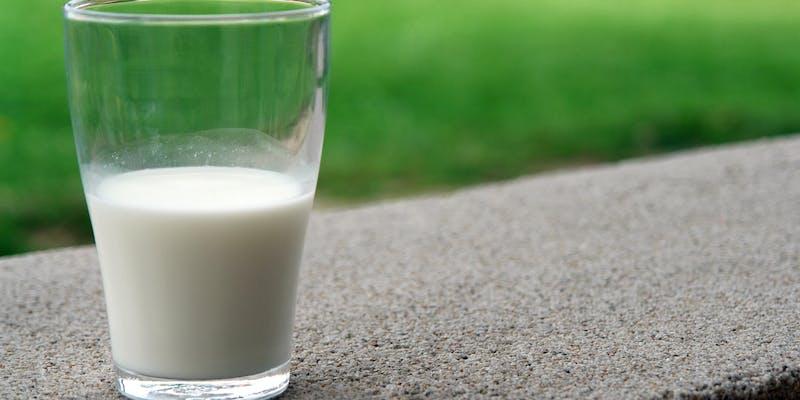
In addition, some claim that critical factors like vitamins and enzymes are destroyed during pasteurization of milk. For example, a few consider ultra pasteurized milk to eliminate a few useful vitamins and enzymes from milk. However, warmth-sensitive vitamins and enzymes, lactase, and diet C may be destroyed during pasteurization.
According to analysis, careful temperature manipulation and adjustment of processing situations can offset pasteurization's impacts on milk's nutritional content. For example, new pasteurization methods like flash pasteurization try to preserve heat-sensitive vitamins from degrading excessively in ultra pasteurized milk. Several food producers upload vitamins and minerals to their products to offset the opportunity of nutritional loss all through pasteurization.
Alternative Methods
Possible alternatives to ultra pasteurized milk that do not compromise food safety or quality exist as alternative preservation techniques. Preserving the nutritional content and sensory attributes of foods, high-pressure processing (HPP) uses extreme pressure to inactivate microorganisms and increase shelf life without high heat. While irradiation provides comparable safety benefits to pasteurization by destroying hazardous germs in food, it raises questions about consumer acceptability and regulatory approval.
Another promising technology that successfully kills bacteria and viruses on food surfaces is ultraviolet (UV) light therapy. However, this method is only useful for surface treatments due to its limited penetration depth. It is important to consider aspects like effectiveness, customer perception, and regulatory considerations when choosing the best preservation technique for particular food products, as each alternative method has its own pros and cons when compared to pasteurization.

How to Do a Side Plank Safely and What Are Its Benefits

Is It Safe to Work Out While You're Fasting: All you Need to Know
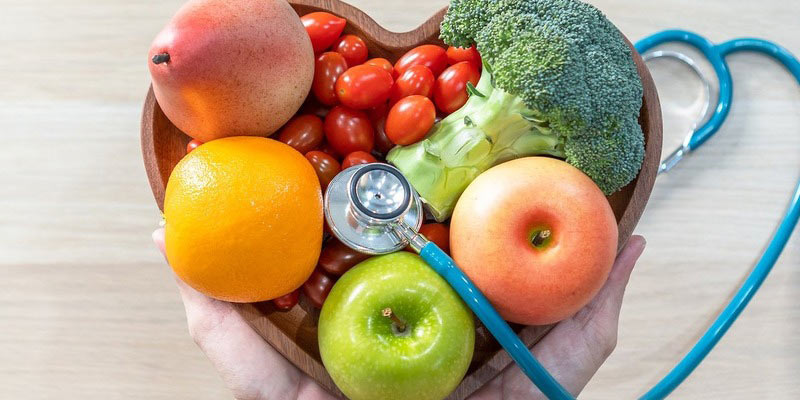
Unlocking the Power of Cholesterol-Lowering Foods
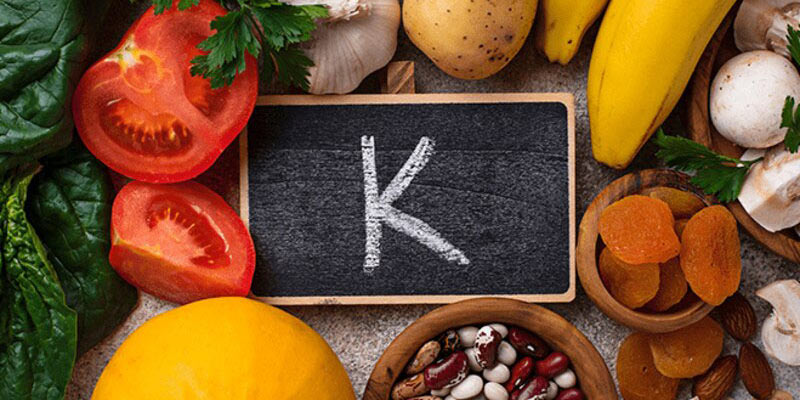
Understanding Vitamin K for Optimal Health
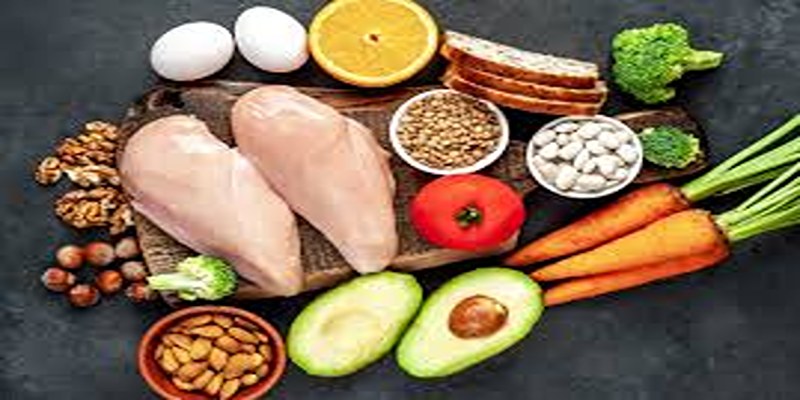
Best Foods High in Niacin: Essential for Energy and Health
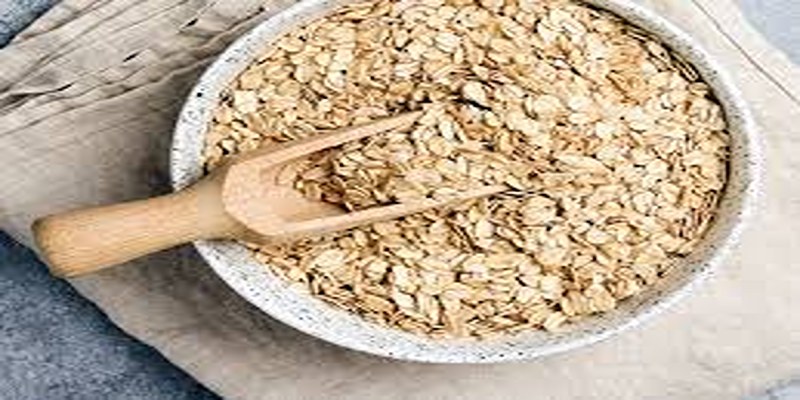
Exploring the Health Benefits of Oatmeal: A Nutrient-Rich Breakfast Choice
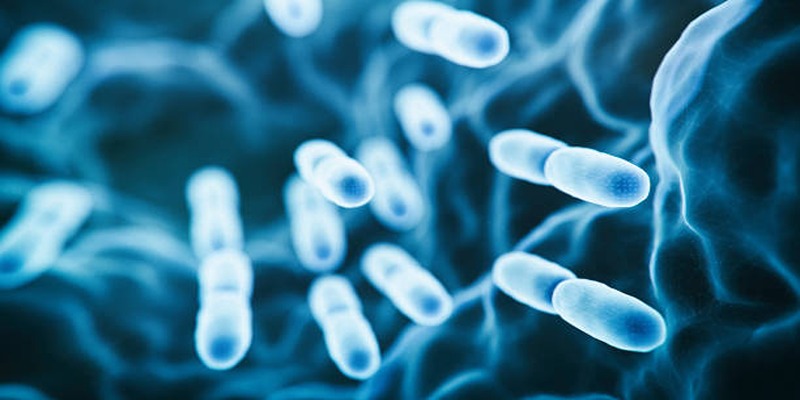
Expert Advice: 2 Ideal Times for Your Probiotic Supplement


